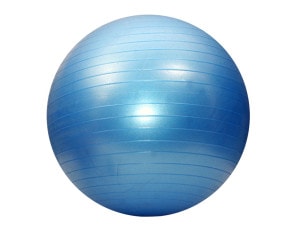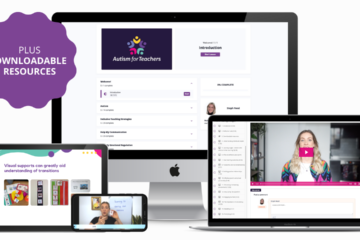Table of Contents

Sensory Sensitivities:
Individualised ‘Sensory Diet’
Most of the pupils in my class have an individual ‘sensory diet’ which consists of very individualised sensory input activities which take place throughout the day. The name ‘sensory diet’ came about because just like your child needs a diet of food throughout the day, they also need a ‘sensory diet’! The sensory diet activities have been put together by our school Occupational Therapist.
Our Class ‘Exercise’ Session
As well as the pupils individualised sensory diet activities, my class also take part in ‘exercise’ where we all do short physical activities which also provide sensory input as well as some calming activities just before starting our morning and afternoon lessons. The activities have been tailored to the class with a couple of the activities being specifically for individual pupils but also benefit other pupils in the class. The activities are quite physical as well, so they get the pupils moving before they start their work. More importantly, they all really enjoy it!

We do the same activities every day and therefore the exercise activities are familiar to the pupils and overtime this has enabled the pupils to take part in the predictable activities independently.
Each activity is done for approximately 1 minute. When 1 activity has finished, I will count down from 5 to 1 and then say “…………… has finished” whilst moving the corresponding symbol to the red ‘finished’ side of the board. You can use symbols, photos, pictures or objects- any kind of visual that your pupils can relate to and understand. Have fun!



